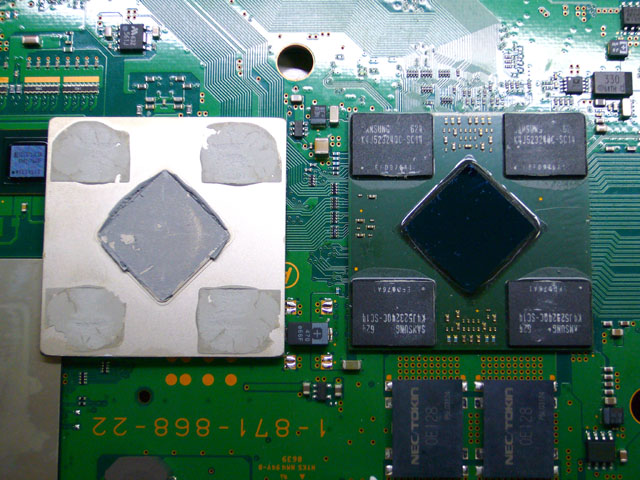Good job.hah, you spotted it faster than I could post the link here!
And yup, that's it, and the comment thread is: http://www.beyond3d.com/forum/showthread.php?p=871293
Sorry for doing something on roughly the same piece of data as you rendezvous, I had actually calculated it one hour before you posted that. And I think the related information I'm adding is worth the troubleFeel free to link it in any forum you frequent, too, of course.
Uttar
Now when we can expect to see a PS3 slim? Something with smaller/coller chips?
I expect to see PS3 line with a long life like PS2 line.

